Search
03063 THIRTY YEARS OF ULTRA LOW DOSAGE SCALE CONTROL
Also Purchased
02396 HIGH TEMPERATURE CORROSION OF GAS TURBINE BLADE MATERIAL IN METHANE GAS COMBUSTION ENVIRONMENT
Product Number:
51300-02396-SG
ISBN:
02396 2002 CP
$20.00
02486 New Understanding on Corrosion of Alloys in High-Temperature Sulfidizing Gases
Product Number:
51300-02486-SG
ISBN:
02486 2002 CP
Publication Date:
2002
$20.00
00628 CORROSION AND EROSION-CORROSION BEHAVIOR OF A Co-BASED ALLOY AND A Ni-CONTAINING AUSTENITIC CAST IRON
Product Number:
51300-00628-SG
ISBN:
00628 2000 CP
$20.00
Recently viewed




